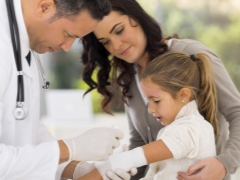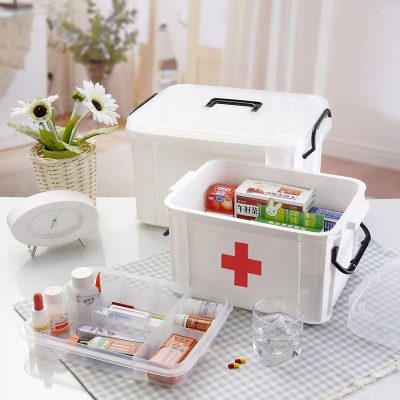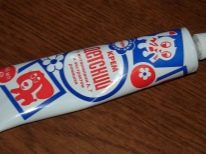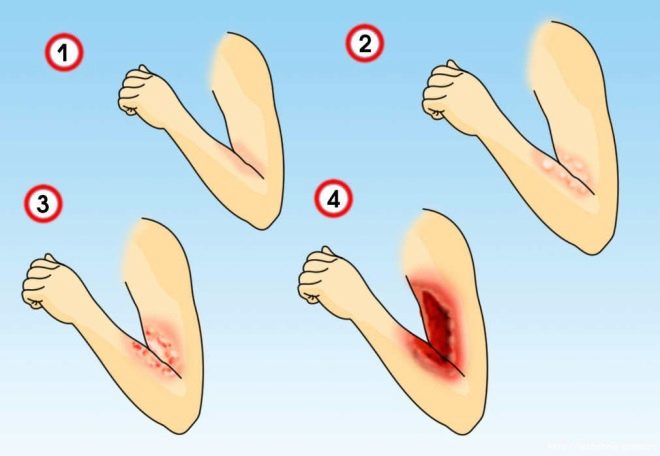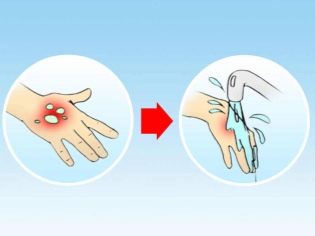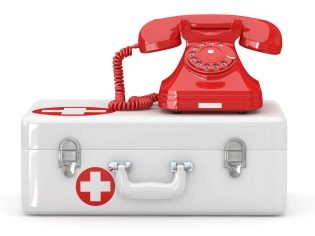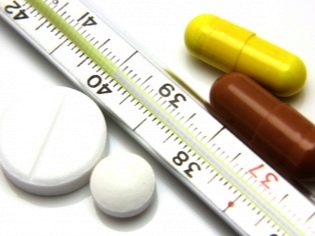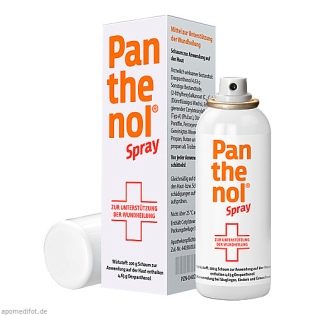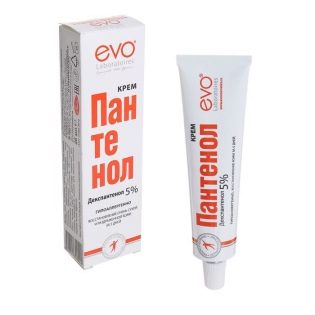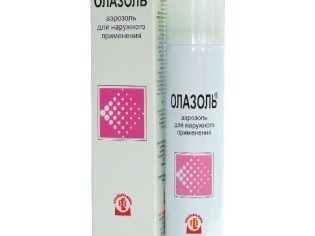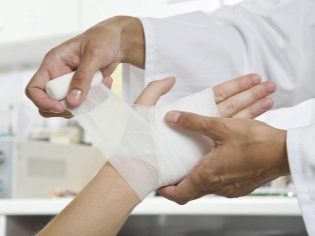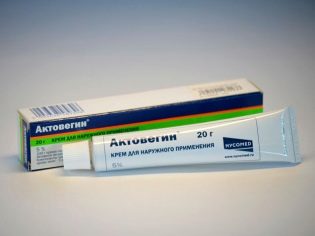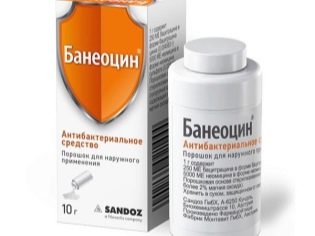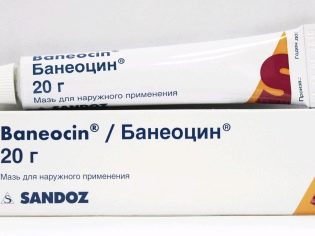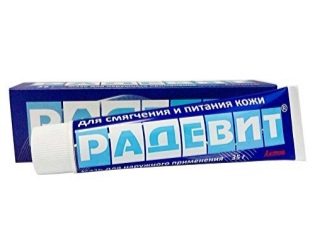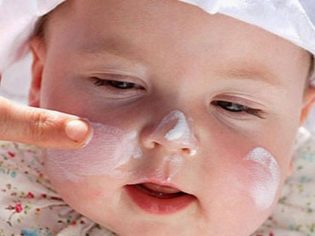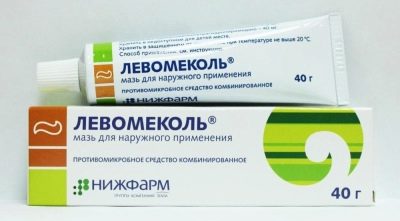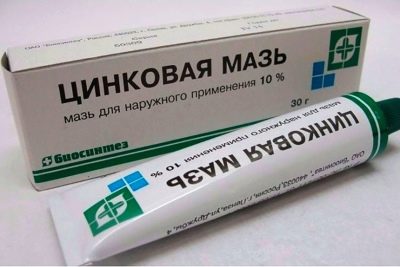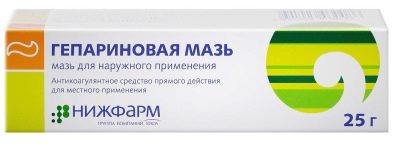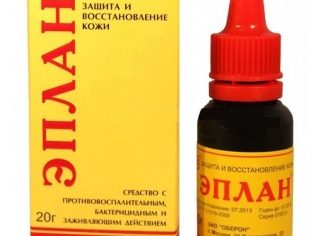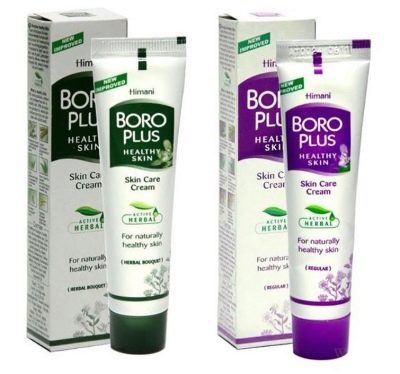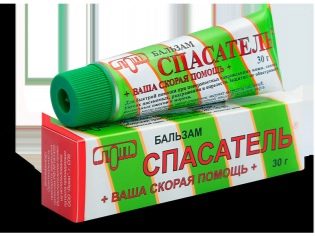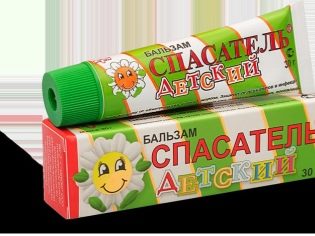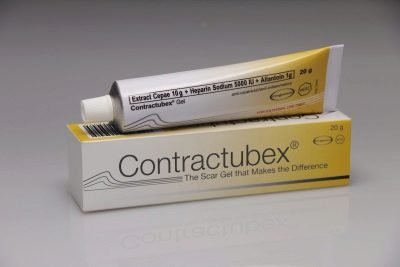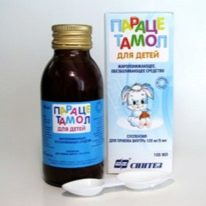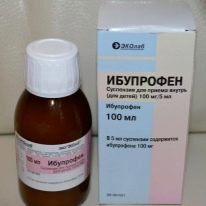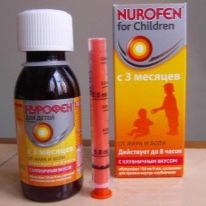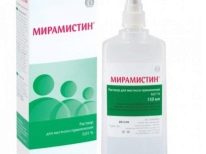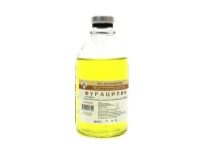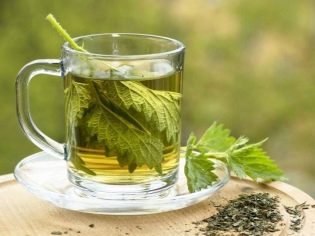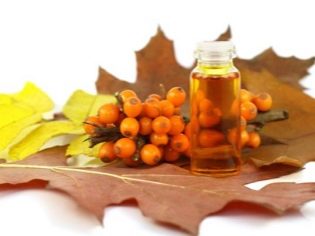Burns for children
Quite often, parents have to treat the child burns. At the same time, a lot depends on how correct and correct the treatment will be, because not all creams that are allowed in childhood are suitable for such traumatic situations. About what drugs you need to have in the home first aid kit in case of a child burn, and how to use them, we will tell in this article.
Basic principles of the use of drugs
Drugs for burns can reduce pain, remove swelling of the affected area, protect the burn wound from the penetration and reproduction of pathogenic bacteria, and at the final stage contribute to the speedy healing and restoration of damaged skin. It is a mistake to believe that a small burn in a child can be anointed with a baby cream or fat sour cream.
This is a common misconception, because any fatty substances applied to the burn impede the process of heat transfer, and do not contribute to recovery, but only hinder it.
That is why it is so important to have in your home first aid kit tools that can be useful if the child gets burned. The probability of this kind of injury is very high - According to statistics, burn injuries rank second among all types of injuries., second only to road accidents, and the majority of patients with various burns are old people and children.
Before applying the drug for a burn, you need to assess the extent and area of damage. There are four degrees:
- only the outer skin is affected, they turn red, but their integrity is not broken - it is first degree;
- outer skin and part of the middle layer of the skin are affected, there are blisters and blisters - this second degree;
- the skin is damaged almost to the fatty tissue, deep wounds with black or brown edges are third degree;
- the skin is completely burned, charred bones and muscle fragments are visible - this is fourth degree.
Area of damage at home is calculated approximately as follows:
- each body part (arm, leg, abdomen, back) is estimated at 9%;
- child's head and shoulders - 21%;
- pop - 18%.
If the baby has suffered a burn, no matter what character - thermal, chemical, solar - in the first stage after assessing the area and depth, rinse the affected area with cool running water, provided that the integrity of the skin is not compromised.
The “emergency room” call is needed when the burn occurred in a newborn or infant, or the degree of burn is higher than a second, and the area is more than 5%.
At this stage, drugs can not be used, so as not to complicate the diagnosis and not to harm the child. If the burn is first or second degree, then you can use some drugs at the first stage, for example, sprays with anesthetic effect, antipyretics, antihistamines to reduce edema.
Basically, drugs are useful not at the stage of first aid, but at the stage of treatment. The algorithm of home therapy for simple and shallow burns is as follows:
- first aid (washing, cooling the skin area);
- symptomatic treatment (antipyretic - at a temperature, antihistamines - with severe swelling, local antiseptics, and, if necessary, antibiotics, if there are blisters and blisters that burst and can turn into a focus of infection);
- rehabilitation treatment (healing ointments, creams, sprays to speed the recovery of the skin).
The most comprehensive overview of the remedies that may be useful in a burn injury is presented below.
List of drugs against burns
"Panthenol"
This is a reparant preparation intended for the treatment of burns and wounds. The product is available in three forms - ointment (5%), cream (5%) and spray (4.6%).
This tool in any form will be useful at the final, restorative stage of burn injury treatment.
In order not to deliver the child additional pain during processing, it is better to use an aerosol spray, it is applied in a non-contact manner.
Before use, the affected area is treated with an antiseptic. Cream and ointment is applied with a thin layer on the burn 2-4 times a day, and spray 2-5 times a day. By the way, the drug in the form of an aerosol can be used at the stage of first aid treatment for a burn, but at the very beginning it is better to refuse the use of an ointment or cream. "Panthenol»Allowed for children of any age: both newborns and teenagers. Even if part of the drug gets into the baby’s mouth, nothing terrible will happen. It is worth refusing application of means only if at the child a deep burn with a weeping wound, for example, at defeat by alkaline structures or a burn from a hogweed.
Olazol
This is an antiseptic spray of the combined type of action. It has an antimicrobial effect and provides a small local anesthesia. This drug can be used for weeping burns, as well as for burns of medium depth, even if there are signs of infection (suppuration).
In pharmacies, the tool is available in another form - a solution for external use. The tool can be used both in the early stages of a burn injury, and in the process of intensive treatment. It makes the dressing process virtually painless due to local anesthetic action. Manufacturers emphasize that the use of spray for children under 2 years is not desirable. After this age, the drug is applied at each dressing or, if the treatment is carried out without dressings, 3-4 times a day.
"Actovegin"
This is a well-known drug that accelerates the processes of regeneration at the cellular level, in the treatment of burns is used in the form of an ointment, gel and cream.
Tablets and solutions for injections are used in the treatment of other ailments.
«Actovegin»Can be used in the very early stages of treatment (not first aid!) Even on weeping and deep enough wounds. It is applied 2-3 times a day. There is no age limit for external use.
"Baneocin"
This is an antibiotic drug. It can only be used externally, any options for internal use are prohibited. On the shelves of pharmacies exists in two dosage forms - in powder and ointment. The drug is active against a large list of common bacteria, as well as fungi.
In the treatment of burn wounds, deep enough or with signs of infection that joined, you can use both forms of medication at once. First, the wound is smeared with ointment, and then powdered with powder. Such procedures can be carried out 2-4 times a day. "BaneocinAllowed to all children from the neonatal period. The tool is considered effective for burns from first to third degree, inclusive. For the prevention of wound infection, you can apply the powder already at the initial stage of the burn.
Manufacturers point to the theoretical possibility of an allergic reaction to the drug in young children and children with hypersensitivity to allergens. However, in practice, such a side effectBaneocin"Is rare.
"Radevit"
This ointment with a high content of vitamins (A, D and E) contributes to a more rapid healing of the burn at the final stage of treatment. The use of such an ointment is possible even for the face., because the properties of the drug make it an excellent cosmetic. So, with a burn on the face, “Radevit” reduces the likelihood of a scar or scar.
It is important not to use this ointment in the acute period of inflammation. It is only suitable at the stage of healing, when all wounds are healed.
The drug is approved for use in children under the age of 1 year, as well as children over. The ointment is applied 2-3 times a day and is easily rubbed into the skin. In order to prevent hypervitaminosis, it is advisable to consult a doctor before use.
"Levomekol"
Ligation with the drug for burns can be done up to 5 times a day. If the child is hurt, and he does not allow to anoint the affected place, you can soak a medical napkin with ointment and apply it to the wound. The ointment is applied not only at the stage of treatment, but also at the stage of recovery, because it enhances local immunity and promotes rapid healing.
Zinc ointment
This well-known anti-inflammatory agent can be used only for small burns of a small area, mainly for solar and thermal lesions of grade 1–2. Do not use ointment for open and deep wounds. It is best to use the drug in the median cycle of treatment. The ointment is applied 2-3 times a day until complete healing. The drug is allowed for children from the age of six months.
It is important to know that Zinc Ointment does not cure an infected wound, but it perfectly prevents the development of infection.
Heparin ointment
This tool, familiar to many generations of Russians, has not only an anti-inflammatory effect, but also well relieves the affected skin areas. However, the ointment should not be applied to open wounds, only intact skin. The tool, despite its effectiveness, not suitable for kids. But it will perfectly help the adolescent child at the healing and recovery stage.
"Eplan"
The drug is available in the form of ointment and external solution. The tool is considered antimicrobial, regenerating, as well as local anesthetic.
It is noteworthy that Eplan can be used at any stage of the treatment of burns, including first aid (for solution).
Means is allowed for use at any children's age. "Eplan" 2-3 times a day is applied on a napkin, which is fixed on the wound with a light, non-pressing bandage.
Boro Plus
This ointment consists of herbal ingredients. The ointment smells good, and children usually love it. You can use the tool at the final recovery stage of treatment, when you need as soon as possible to get rid of the unpleasant effects of a burn - a scar and scars. Ointment is applied 2-3 times a day, rubbed. The bandage is not needed. Do not use the ointment only for allergic children. All the rest, even babies, "Borough Plus" can be used.
"Rescuer"
This ointment contains only natural components of both plant and animal origin. For burns, it is used at any stage, excluding severe burns at the initial stage. Allowed for children of any age.
"Countertubex"
This gel is also used at the final stage of treatment. It helps to smooth the scar and scars, restores the evenness and uniformity of the skin. Recommended for children after 1 year. It makes sense to use the gel when recovering from burn injuries on exposed parts of the body - on the face, hands, neck, etc. “Contratubex” is applied with a sufficiently thick layer (half a centimeter) to the skin 1-2 times a day. It is important that the wound is completely healed at this point and healed. The course of treatment is quite long - from 4 weeks to several months.
Other
When treating a child from a burn injury in a home medicine chest, it is desirable to have a febrifuge - "Paracetamol", Ibuprofen, "Nurofen", since many types of thermal burns (especially solar) are accompanied by fever.
"Aspirin" and other drugs of acetylsalicylic acid are contraindicated in children.
For anesthesia of a burn at the earliest stage, during the period of emergency care, a spray with lidocaine is useful. Among the antiseptics for burns should not choose spirit-containing agents, it is better to use «Miramistin», furatsilina solution, hydrogen peroxide. These funds are also desirable to have in the first-aid kit.
All dressings must be sterile. - bandage, medical wipes, plaster. Of the folk remedies well help in healing burns decoction of nettle (at the initial stage of treatment) and sea buckthorn oil (at the final stage).
More about sunburn will tell Dr. Komarovsky in the next video.
